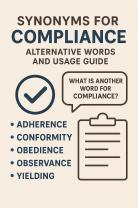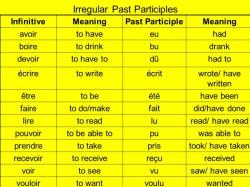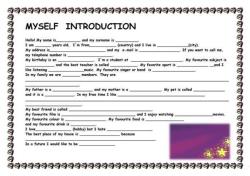Are there any quotes within quotes?
Certainly, there are many instances where quotes within quotes can be found in literature, speeches, and everyday conversation. Here are some examples of quotes within quotes:
Example 1 (Literature):In William Shakespeare's play "Hamlet," you can find an example of nested quotes when Hamlet says, "There's a divinity that shapes our ends, rough-hew them how we will" (Act 5, Scene 2). Here, "rough-hew them how we will" is a quote within the larger quote, "There's a divinity that shapes our ends."
Example 2 (Everyday Conversation):Suppose you're telling a story to a friend:
- You say, "My teacher told us, 'As Albert Einstein once said, "Imagination is more important than knowledge."'" In this case, the inner quote is "Imagination is more important than knowledge," attributed to Albert Einstein.
Example 3 (Literary Critique):In an analysis of a novel:
- A literary critic writes, "The protagonist's declaration, 'I am not afraid to walk this world alone,' reflects a theme of individualism." Here, "I am not afraid to walk this world alone" is quoted within the larger sentence, which itself is part of a critique.
Example 4 (Speeches):During a speech or presentation:
- A speaker might say, "As Winston Churchill famously said, 'Success is not final, failure is not fatal: It is the courage to continue that counts.'" The quote by Winston Churchill, "Success is not final, failure is not fatal: It is the courage to continue that counts," is nested within the larger statement.
Quotes within quotes are a common way to attribute or reference statements made by others within your own writing or speech. They are used to distinguish the quoted material from the surrounding text and provide proper citation or context.
Nested Quotations: Understanding Quotes Within Quotes
Nested quotations, also known as embedded quotes, involve incorporating one quotation within another quotation. This technique is often used in writing and research to present multiple perspectives or sources within a single piece of text.
Purpose of Nested Quotations:
Highlighting Specific Statements: Nested quotes allow authors to emphasize specific points or statements within a larger quotation.
Introducing Contrasting Perspectives: By embedding one quotation within another, authors can present opposing or contrasting viewpoints within the same context.
Adding Depth and Context: Nested quotes can provide additional layers of information and context to the overall discussion.
Quoting within Quotation Marks: Proper Punctuation and Usage
When incorporating nested quotes, it is crucial to use quotation marks correctly to maintain clarity and avoid confusion. The general rule is to alternate between double and single quotation marks for each level of nesting.
Example 1:
"As stated in the article, 'The study revealed that regular exercise can significantly reduce the risk of heart disease.'"
In this example, the main quotation is enclosed in double quotation marks, while the nested quote is enclosed in single quotation marks.
Example 2:
"The author claims, 'The critic wrote, 'This novel is a groundbreaking work of literature.'"
Here, the author's statement is enclosed in double quotation marks, and the critic's quote within that statement is enclosed in single quotation marks.
Handling Nested Quotes in Writing and Communication
Effectively using nested quotes in writing and communication requires careful consideration of clarity, flow, and punctuation.
Tips for Effective Use of Nested Quotes:
Provide Context: Before introducing a nested quote, establish the source and its credibility to provide context for the embedded statement.
Signal the Nested Quote: Use clear language to indicate that you are introducing a quotation within a quote. Phrases like "according to the source" or "as stated within the quote" can help signal the nested quote.
Maintain Flow and Clarity: Ensure that the nested quote seamlessly integrates with the surrounding text. Avoid abrupt transitions or disruptions to the flow of ideas.
Punctuate Accurately: Pay close attention to punctuation, especially when using nested quotes. Place quotation marks and other punctuation marks correctly within and around the nested quote.
Avoid Excessive Nesting: While nested quotes can be useful, excessive nesting can make the text confusing and difficult to follow. Use nested quotes sparingly and only when necessary to convey the intended meaning.













